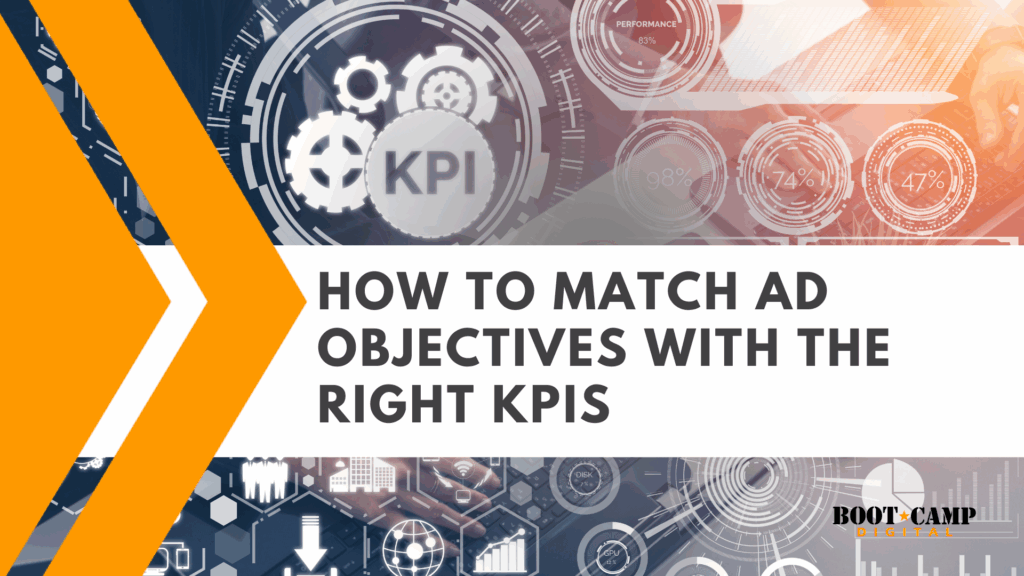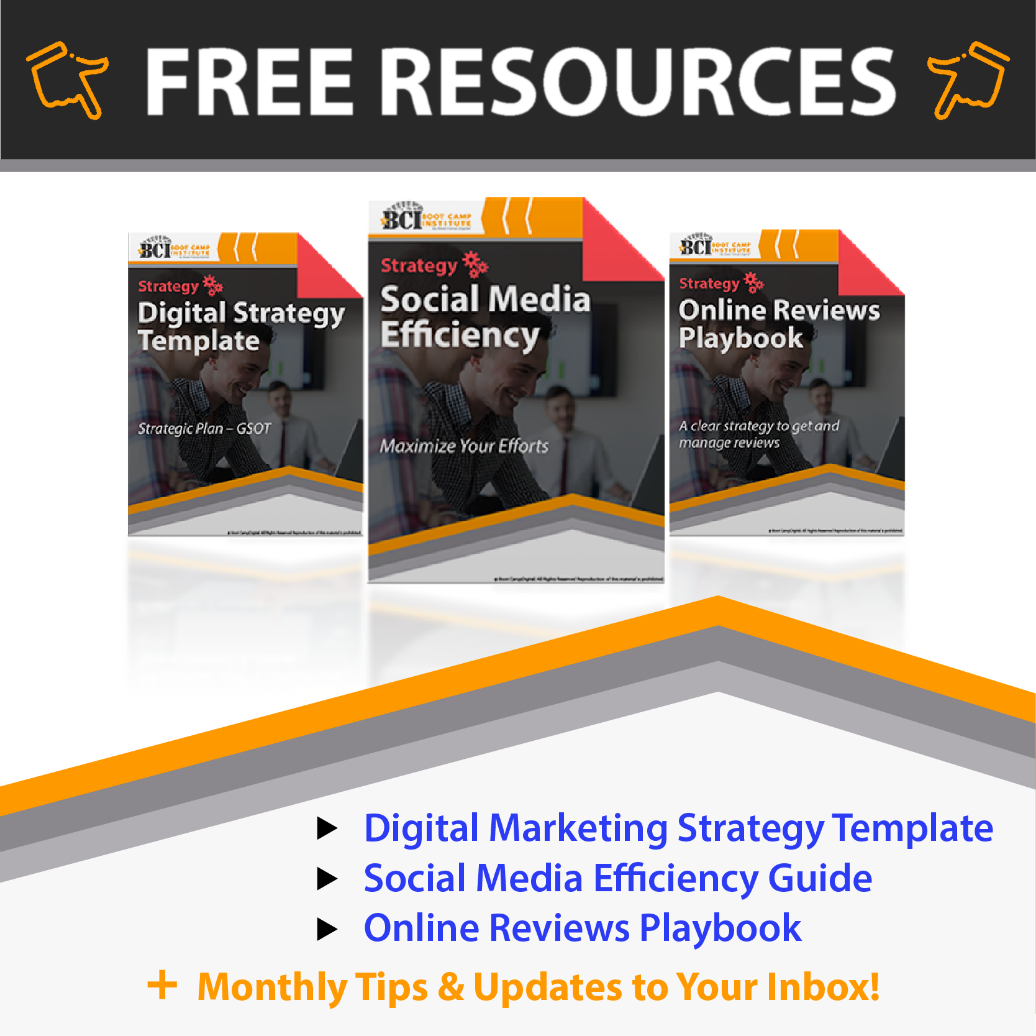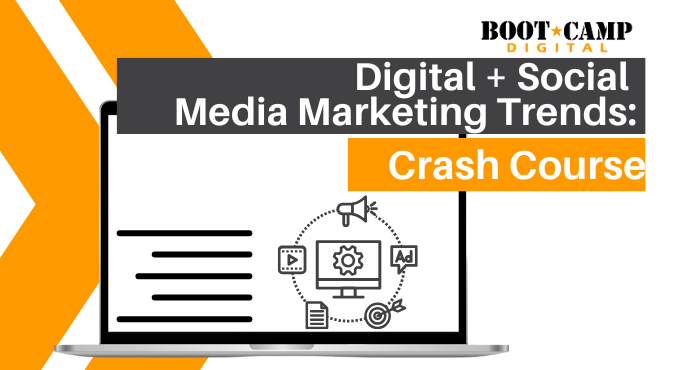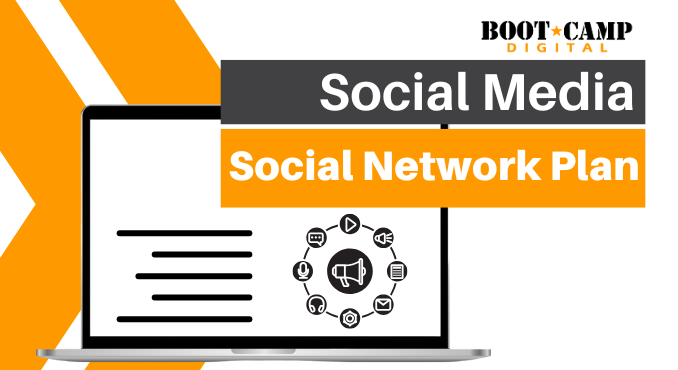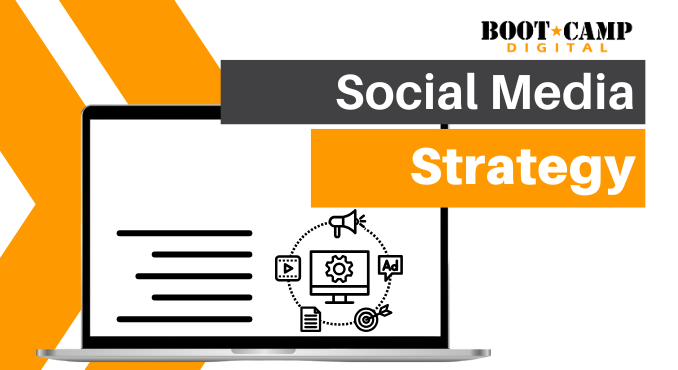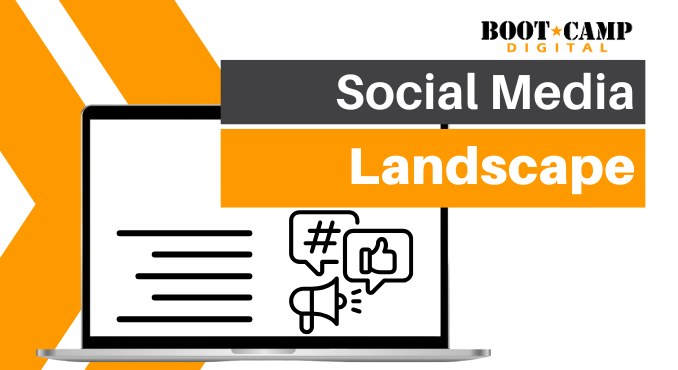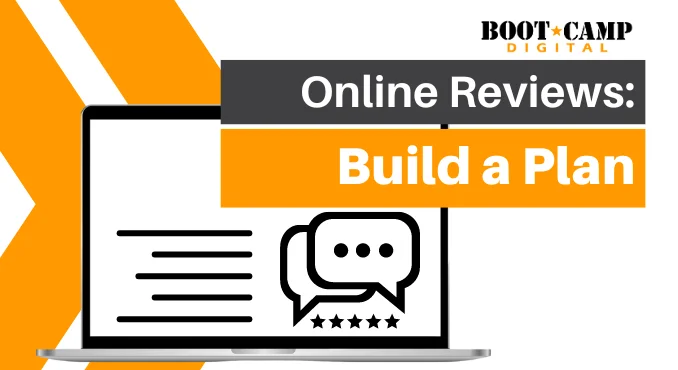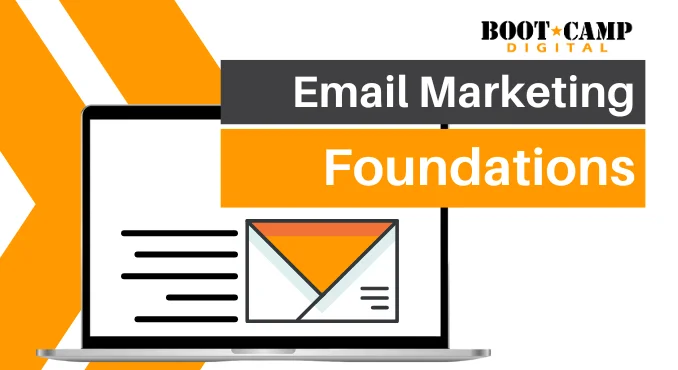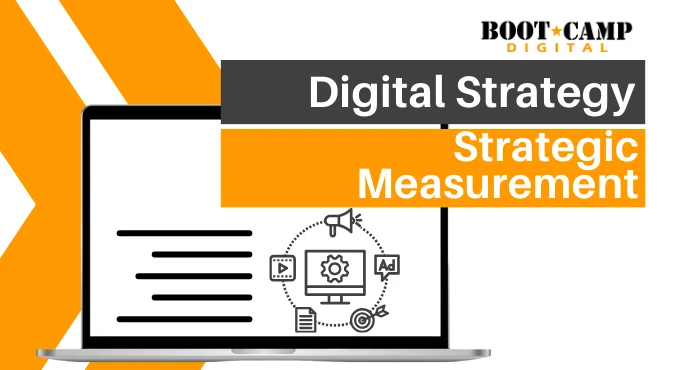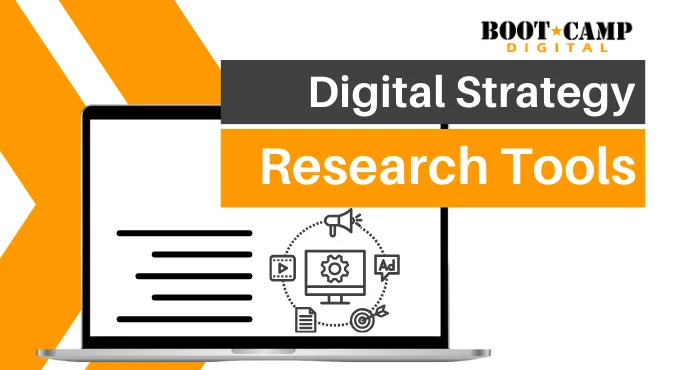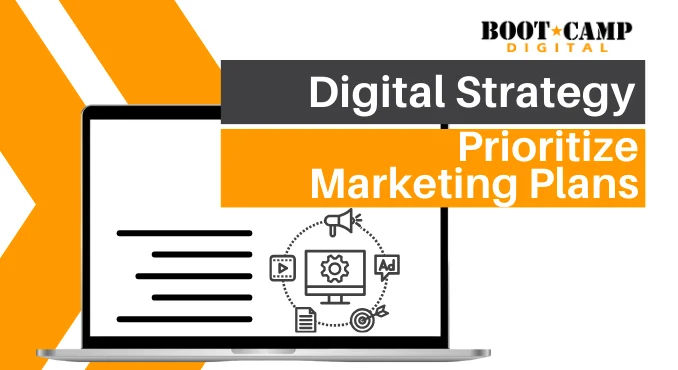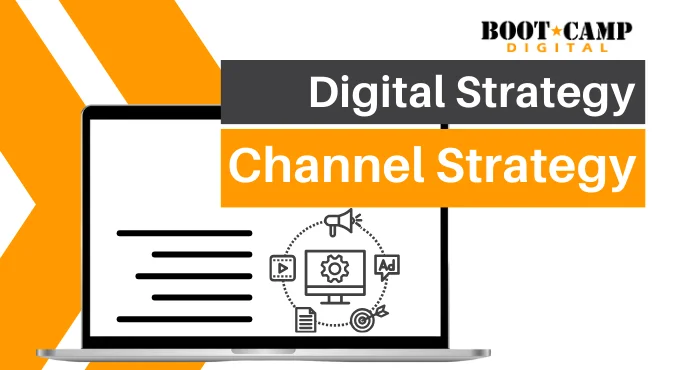If you want better ad performance, you have to measure the right thing. Learn how to connect your ad objective to meaningful KPIs so you can track what matters and increase your return on ad spend.
- Why Matching Objectives to KPIs Matters
- 3 Types of KPIs: Quantity, Quality, Cost
- 7 Common Ad Objectives and Their KPIs
- Pro Tips for Better Campaign Performance
Why Matching Objectives to KPIs Matters
Let me take you back to one of my earliest consulting sessions.
The client was a passionate entrepreneur, brimming with enthusiasm. They’d launched a Facebook ad campaign and were thrilled to show me their results. Thousands of clicks! But when we opened their CRM? Not a single lead. Nada.
Turns out, the campaign was set to optimize for traffic. The platform did its job—it found people who click. But that wasn’t the real goal. What they really wanted was leads. That day, I learned (and taught) a powerful lesson: you get what you ask for. The algorithm is smart, but it can’t read your mind.
Ad platforms—from Meta to Google to YouTube to CTV—are literal. You ask for impressions, they’ll get you views. Ask for sales, they’ll try to deliver buyers. But you must align your KPIs with what you told the platform to do. Otherwise, you’re optimizing in one direction and measuring in another.
This isn’t theory. It’s what I’ve seen over and over, in search campaigns, paid social, display, and programmatic. The framework of aligning ad objectives to the right KPIs isn’t just good practice—it’s non-negotiable if you want to increase leads, sales, and return on ad spend.
3 Types of KPIs: Quantity, Quality, Cost
Every campaign I build uses three types of KPIs. This three-part lens helps you see clearly.
- Quantity KPIs ask: how much? Think clicks, impressions, leads.
- Quality KPIs ask: how good? That’s your conversion rate or watch time.
- Cost KPIs ask: how efficient? Cost per result.
Years ago, I ran two nearly identical lead-gen campaigns. One got cheap leads. The other had fewer leads—but they converted 4x higher. Which was better? The one with higher quality, even if the quantity looked smaller. You can’t make smart decisions without all three perspectives.
7 Common Ad Objectives and Their KPIs
Let’s break down the most common digital ad goals—and what to measure for each. This structure works whether you’re running Facebook ads, Google Search, YouTube pre-rolls, or Connected TV.
1. Awareness / Reach
- Goal: Build visibility and recognition.
- Quantity KPI: Impressions, reach
- Quality KPI: Brand lift, ad recall (when available)
- Cost KPI: CPM (cost per 1,000 impressions)
Pro Tip: Don’t assume reach means impact. I once saw a campaign that hit 1 million impressions—with a 0.1% engagement rate. Reach without resonance is just noise.
2. Traffic
- Goal: Bring visitors to your site.
- Quantity KPI: Clicks, landing page views
- Quality KPI: Time on site, bounce rate
- Cost KPI: CPC (cost per click)
Pro Tip: A high bounce rate might mean your page doesn’t match the ad. I’ve fixed broken traffic campaigns just by tweaking a headline.
3. Video Views
- Goal: Get people to watch your video.
- Quantity KPI: Views
- Quality KPI: View-through rate, average watch time
- Cost KPI: CPV (cost per view)
Pro Tip: Focus on watch time. One client celebrated 10,000 views—until we saw the average view duration was under 3 seconds. Ouch.
4. Engagement
- Goal: Drive interaction with your content.
- Quantity KPI: Likes, comments, shares
- Quality KPI: Comment sentiment, save rate
- Cost KPI: CPE (cost per engagement)
Pro Tip: Not all engagement is good. I’ve seen controversial posts rack up thousands of comments—for all the wrong reasons.
5. Messages
- Goal: Start one-on-one conversations.
- Quantity KPI: Number of messages
- Quality KPI: Lead conversion from chat
- Cost KPI: Cost per message
Pro Tip: I once saw a client overwhelmed by message volume—none of it qualified. Use bots or filters to focus your time.
6. Leads
- Goal: Capture contact info.
- Quantity KPI: Lead count
- Quality KPI: Lead score, qualification rate
- Cost KPI: CPL (cost per lead)
Pro Tip: Always track downstream. The client who once bragged about 1,000 leads? Only 3 turned into sales.
7. Conversions
- Goal: Drive sales, sign-ups, or form fills.
- Quantity KPI: Conversion count
- Quality KPI: Conversion rate
- Cost KPI: CPA, ROAS
Pro Tip: Look at the full funnel. I once improved ROAS by 40% just by tightening up retargeting.
Pro Tips for Better Campaign Performance
- Align KPIs to Objectives: If you’re tracking leads on a traffic campaign, you’re measuring the wrong thing.
- Use Cost Metrics to Compare: Trying different platforms or creatives? Cost per result is your equalizer.
- Watch Conversion Rates Early: I was shocked the first time I optimized a landing page instead of the ad—same traffic, triple the results.
- Segment Your Data: Your average CPA doesn’t tell the whole story. Break it down by age, gender, device, or placement.
- Test One Thing at a Time: Overhauling everything is tempting, but isolate variables to gain real insights.
Final Thoughts
Digital ads are powerful, but they’re not magic. You can’t just set and forget. The real secret? Clarity.
- Clarity in what you want.
- Clarity in what you measure.
- Clarity in how you optimize.
When your ad objective and KPIs are perfectly aligned, you start to see what’s working. You move faster. You waste less. You increase leads, sales, and return on ad spend.
I’ve used this framework with startups and Fortune 500s. It works. Every time.
Want to dig deeper? Our Digital Advertising Course and Courses on KPIs and ROI show you exactly how to set campaigns up for success, interpret results, and scale what works.
Let’s stop chasing the wrong numbers. Let’s measure what matters—and win smarter.


